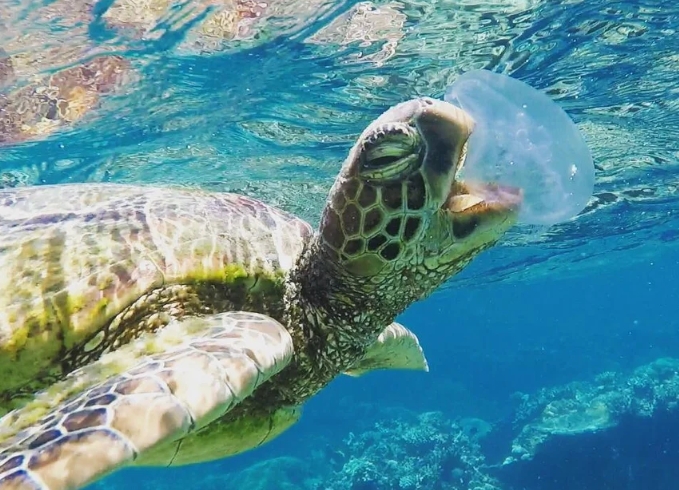Turtles are fascinating creatures with unique feeding habits that have puzzled scientists for centuries. By studying these habits, researchers are uncovering the mysteries of how turtles obtain their food and maintain their health.
The omnivorous diet of turtles
Turtles are known for their diverse diet, which can include both plants and animals. They are classified as omnivores, meaning they consume a variety of food sources to meet their nutritional needs. This diverse diet allows turtles to adapt to different environments and find food sources that are abundant and easily accessible.
The feeding behavior of turtles
Turtles have various feeding strategies that help them obtain their food. Some turtles are scavengers, feeding on dead or decaying matter. Others are active hunters, preying on smaller fish, insects, and crustaceans. Turtles may also be herbivores, consuming a diet primarily made up of plant material such as algae, seaweed, and grasses.
The importance of feeding habits in turtle conservation
Understanding the feeding habits of turtles is essential for their conservation. By studying what turtles eat and how they obtain their food, scientists can assess the health of turtle populations and determine if they are at risk of extinction. Additionally, knowing the dietary preferences of turtles helps conservationists protect their natural habitats and ensure they have access to the food sources they need to survive.
Challenges in studying turtle feeding habits
Despite advances in technology and research methods, studying turtle feeding habits can be challenging. Turtles are often elusive and difficult to observe in their natural environments. Additionally, their feeding behavior can vary depending on factors such as temperature, water quality, and predator presence.
Unlocking the mysteries of turtle feeding habits
Through observation, experimentation, and collaboration, scientists are making strides in unlocking the mysteries of turtle feeding habits. By studying the stomach contents of turtles, analyzing their behaviors in controlled environments, and tracking their movements in the wild, researchers are gaining valuable insights into how turtles obtain their food and the role their diet plays in their survival.
In conclusion, understanding the feeding habits of turtles is crucial for their conservation and overall well-being. By unraveling the mysteries of how turtles feed, scientists can better protect these fascinating creatures and ensure their continued existence in the wild.

